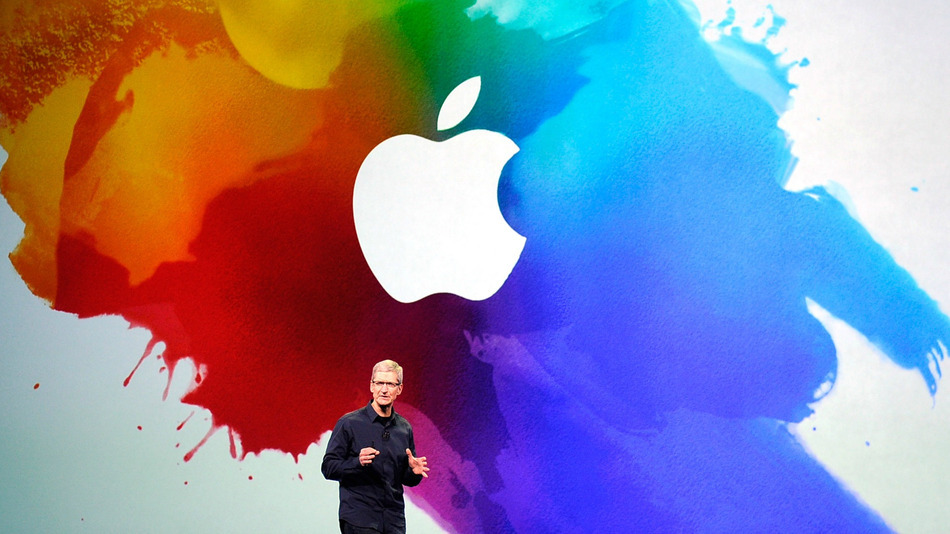
GUEST POST from Chateau G Pato
Futures research, also known as strategic foresight, is a valuable discipline that enables businesses to anticipate and prepare for future trends and challenges. By studying emerging technologies, social changes, and economic shifts, companies can shape their strategies to stay ahead of the curve. This article delves into the application of futures research in business through two compelling case studies that demonstrate its effectiveness.
Case Study 1: Tesla’s Disruptive Vision for Electric Vehicles
Tesla, the renowned electric vehicle manufacturer, revolutionized the automotive industry through its visionary approach. By applying futures research, Tesla identified the impending need for sustainable transportation and recognized the potential market for electric cars. Tesla’s CEO, Elon Musk, envisioned a future where electric vehicles would dominate the market, offering a cleaner and more efficient alternative to traditional combustion engines.
Rather than conforming to existing industry norms, Tesla focused on developing advanced battery technology, creating a robust charging infrastructure, and designing sleek and high-performance electric vehicles. This forward-thinking approach, based on insights gained from futures research, positioned Tesla as a leader in the electric vehicle market and set the stage for increased demand and adoption of sustainable transportation worldwide.
Case Study 2: McDonald’s Embracing Changing Consumer Preferences
McDonald’s, the global fast-food chain, experienced considerable challenges as shifting consumer preferences favored healthier and more sustainable dining options. In response to these emerging trends, McDonald’s embraced the insights provided by futures research and undertook substantial strategic transformations.
The company diversified its menu by introducing healthier options such as salads, wraps, and fruit smoothies. They also implemented sustainable practices, such as sourcing cage-free eggs and responsibly harvested coffee. Moreover, McDonald’s introduced digital ordering and payment systems to cater to changing customer behaviors.
By leveraging futures research, McDonald’s proactively adapted its business model, appealing to a wider range of customers and aligning with evolving consumer expectations. This strategic shift allowed McDonald’s to remain relevant and competitive in an industry that demanded changes to stay ahead.
Conclusion
Futures research offers immense value to businesses by providing foresight into emerging trends and transforming challenges into opportunities. The case studies of Tesla and McDonald’s demonstrate the impact of leveraging futures research to drive innovation, adapt to changing dynamics, and meet customer demands effectively.
By incorporating strategic foresight into their decision-making processes, businesses can identify new markets, anticipate future needs, mitigate risks, and develop sustainable strategies for long-term success. With the ever-increasing pace of change in today’s business landscape, futures research has become an invaluable tool for companies that seek to thrive in a future-oriented and rapidly evolving world.
Bottom line: Futurology is not fortune telling. Futurists use a scientific approach to create their deliverables, but a methodology and tools like those in FutureHacking™ can empower anyone to engage in futurology themselves.
Image credit: Pixabay
![]() Sign up here to get Human-Centered Change & Innovation Weekly delivered to your inbox every week.
Sign up here to get Human-Centered Change & Innovation Weekly delivered to your inbox every week.


 I originally posed this software design challenge to application developers in September 2008 based on an InfoWorld
I originally posed this software design challenge to application developers in September 2008 based on an InfoWorld 